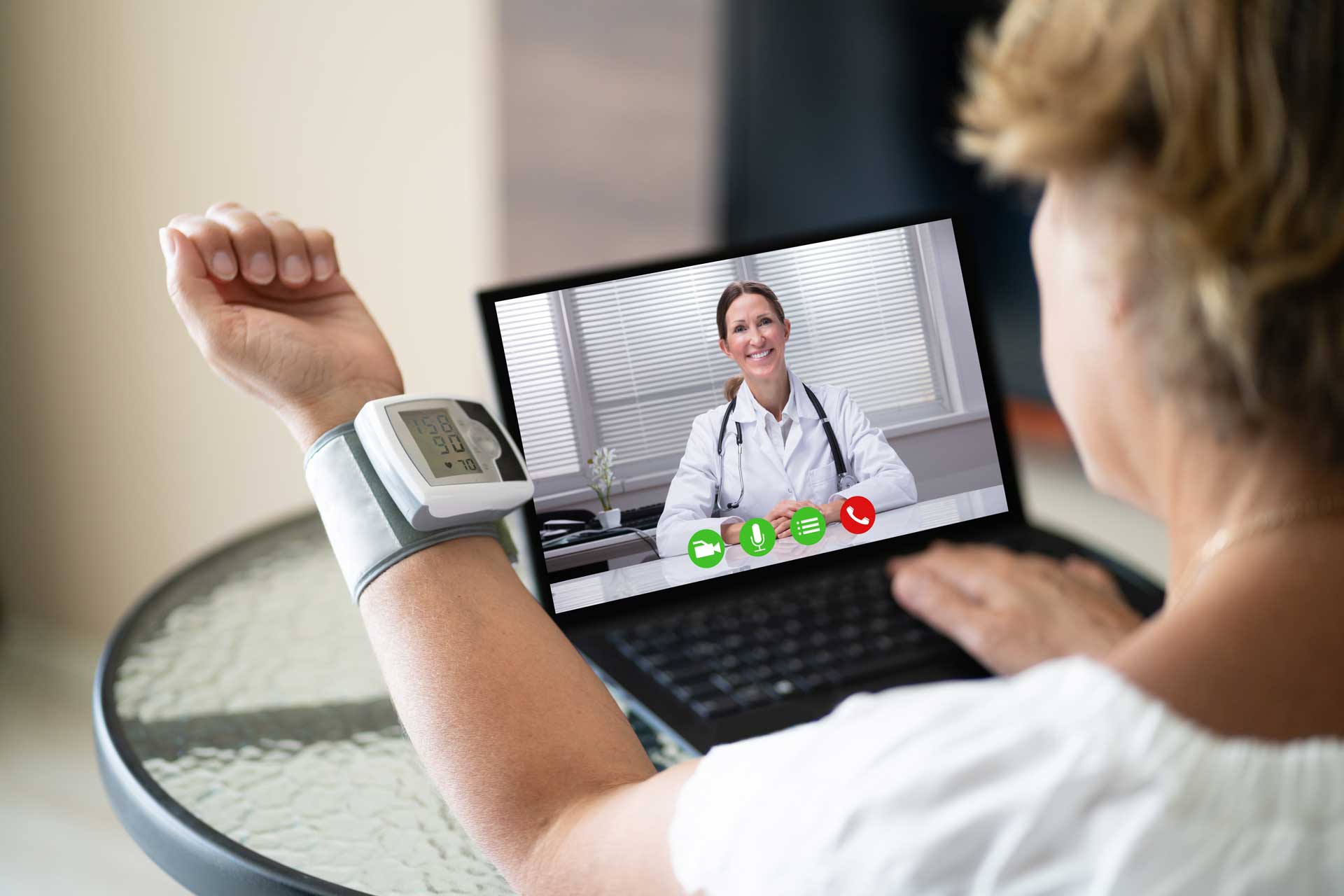COVID-19 prompted explosive growth for the telehealth industry, which provided safe access to care at a perilous time. Federal and state laws were relaxed and now government at all levels are being called on to create comprehensive telehealth legislation for the long-term. In the meantime, a variety of federal, state, and local laws are running the show, and can have a variety of implications on tax obligations.
Study after study shows patients, medical practitioners, investors, and more are on board for making telehealth a standard part of the health care delivery model. From big box stores to online retailers to national pharmacy chains, many are jumping on the bandwagon and disrupting traditional health care with new and innovative hybrid digital, in-person and even mobile models. Insurance companies are getting on board, with the introduction of plans covering digital first care at no cost to the patient. Mergers and acquisitions are fueling interest and growth. Even the U.S. Department of Health & Human Services provides best practice guides to help get telehealth initiatives off the ground.
Still, certain states – like New York – are slow to warm up to the telehealth boom, enacting strict rules on their operation. Perhaps that’s due to concerns about potential erosion of state medical board standards and controls. No doubt, the financial implications of allowing out-of-state providers to give telehealth care to NY residents can create a potential negative economic impact to in-state medical providers. There are also state, payroll and income taxes to consider.
As a health care practice or practitioner physically located in New York, you’re subject to New York state taxes. By jumping on the telehealth bandwagon, you may be liable for taxes in states where your patients receive virtual care and/or in states where your providers reside. Unfortunately, the rules vary by state, making the process for determining when and where you have an obligation to pay taxes more complex.
In general, a state can impose a tax on a taxpayer when “nexus” is present. In some states, nexus is triggered by a physical presence. So, if you hire a physician in another state to provide telehealth services, you likely triggered a tax return filing obligation in that state. Then there’s economic nexus, which applies in states like New York. When a certain amount of revenue is reached and a certain number of transactions completed, economic nexus is triggered. In New York, nexus is triggered by $500,000 in revenue and 100 transactions in the last four quarters. It’s important to note that thresholds vary by state and can be as low as $100,000 for revenue.
There’s also a potential for information and data services taxes, and taxes on medical equipment depending on a state’s rules. Finally, payroll taxes will likely have to be filed in all states where telemedicine providers reside.
While the pressure is on Washington to finalize sweeping legislation within the next two years, medical practices and providers who have expanded into the world of telehealth must comply with the myriad of laws governing related tax implications in place today.
Remember, your partners at RBT CPAs are here to help ensure you meet all your tax obligations, understand how your health care delivery model will impact taxes going forward, and be prepared should an audit be required. Contact your local office for assistance.







